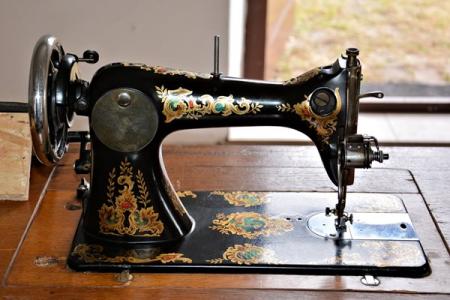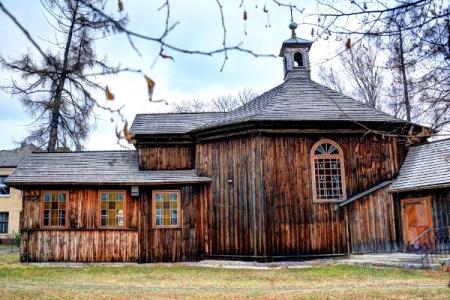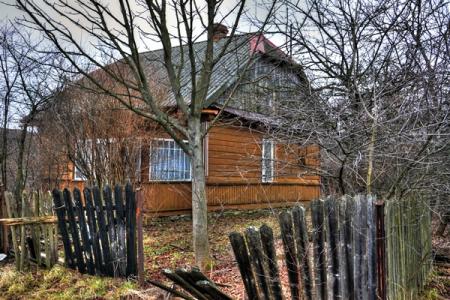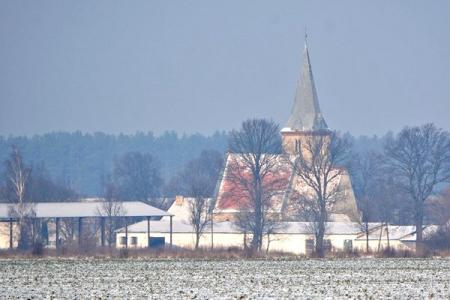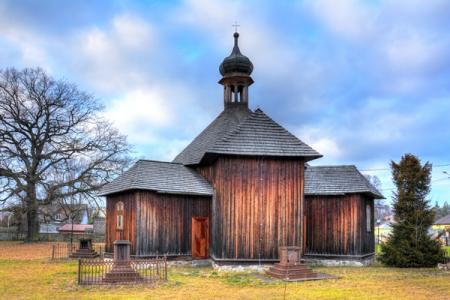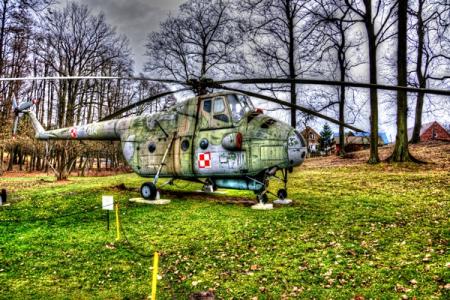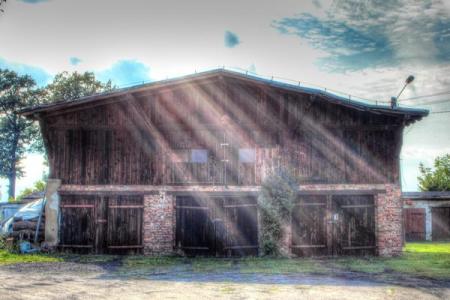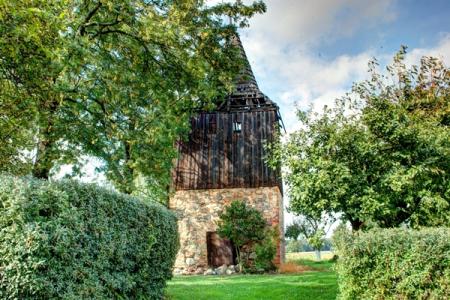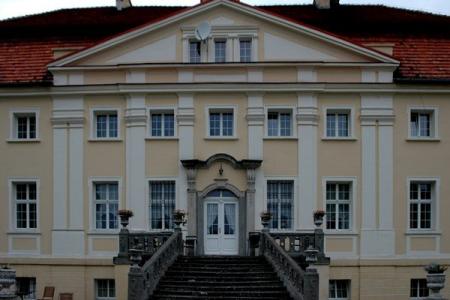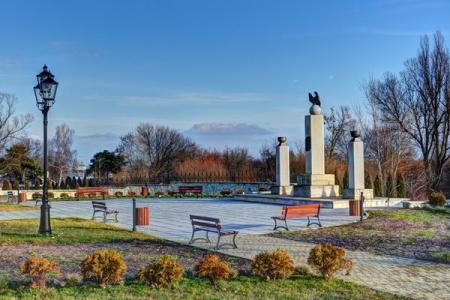
Photos
Mroczków - Chapel St. Rocha
According to legend, the chapel was built at the turn of the sixteenth / seventeenth century on the place that the graves of the dead in thanks to God for the end of the plague.
In 1957, the chapel became a church, which in 1967 was expanded. From the site of the chapel of St. Rocha will see a new church.
Bliżyn
The village has a historic church: St. Louis from 1896 and a wooden chapel of St. Sophia.
Chapel of St. Sophia was built in 1818 as a chapel manor. In 1888, the chapel began to serve as a parish church.
In Bliżyn is a statue of Polish King Wladyslaw Jagiello, who spent the night in Bliżyn by Grunwald (mention of this event is in the chronicles of Dlugosz).
Lubusz military museum
The museum has about 3,000 exhibits from the Middle Ages to modern times.
Among the many exhibits are collections: heavy weapons and military hardware, and a collection of aviation equipment. Collections are located in nearly 4 acres of parkland and historic palace . Lubusz military museum has many unique exhibits such as the Russian self-propelled guns SU -152 1943 and the single-seat jet Polish TS- 11 " Iskra ". The military museum is a " military Skansen " showing the history of fortifications Lubusz Land in the twentieth century.
Stara Jabłona
In the village of Stara Jabłona apart from the historic belfry is a manor and farm, from the mid-nineteenth century, which consists of: mansion, carriage house, barn, apartment building, gatehouse. All these monuments are in poor condition and falling into ever greater disrepair.
Palace in Henryków
Late baroque palace built in 1783 for the family von Konobelsdorf and rebuilt in 1842.
To the palace complex are outbuildings of the first half of the nineteenth century and classicist outbuilding of 1801.
Around the palace is a beautiful landscaped park founded in the early nineteenth century.
Currently, at the Palace in Henryków hotel is located.
Skarżysko-Kamienna
In Kamienna is a historic Neo-Gothic church built in 1923 next to a plaque commemorating the martyrdom of 75 Polish people executed in 1944 by the German occupiers, and the church is against the Railwaymen's Square with the monument of the inscription: "In the fifteenth anniversary of independence in remembrance recovery of sea railwaymen 1933 ".
